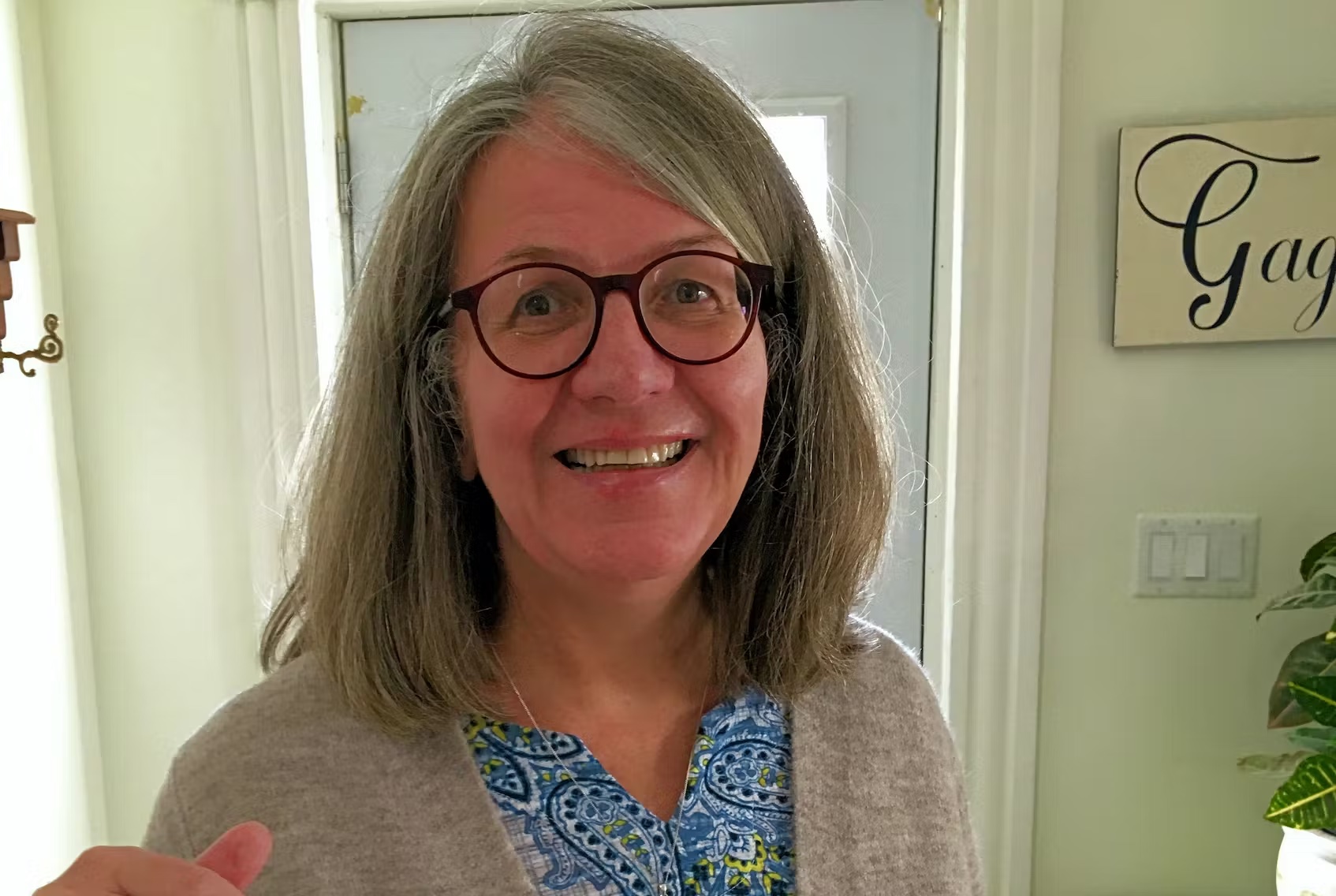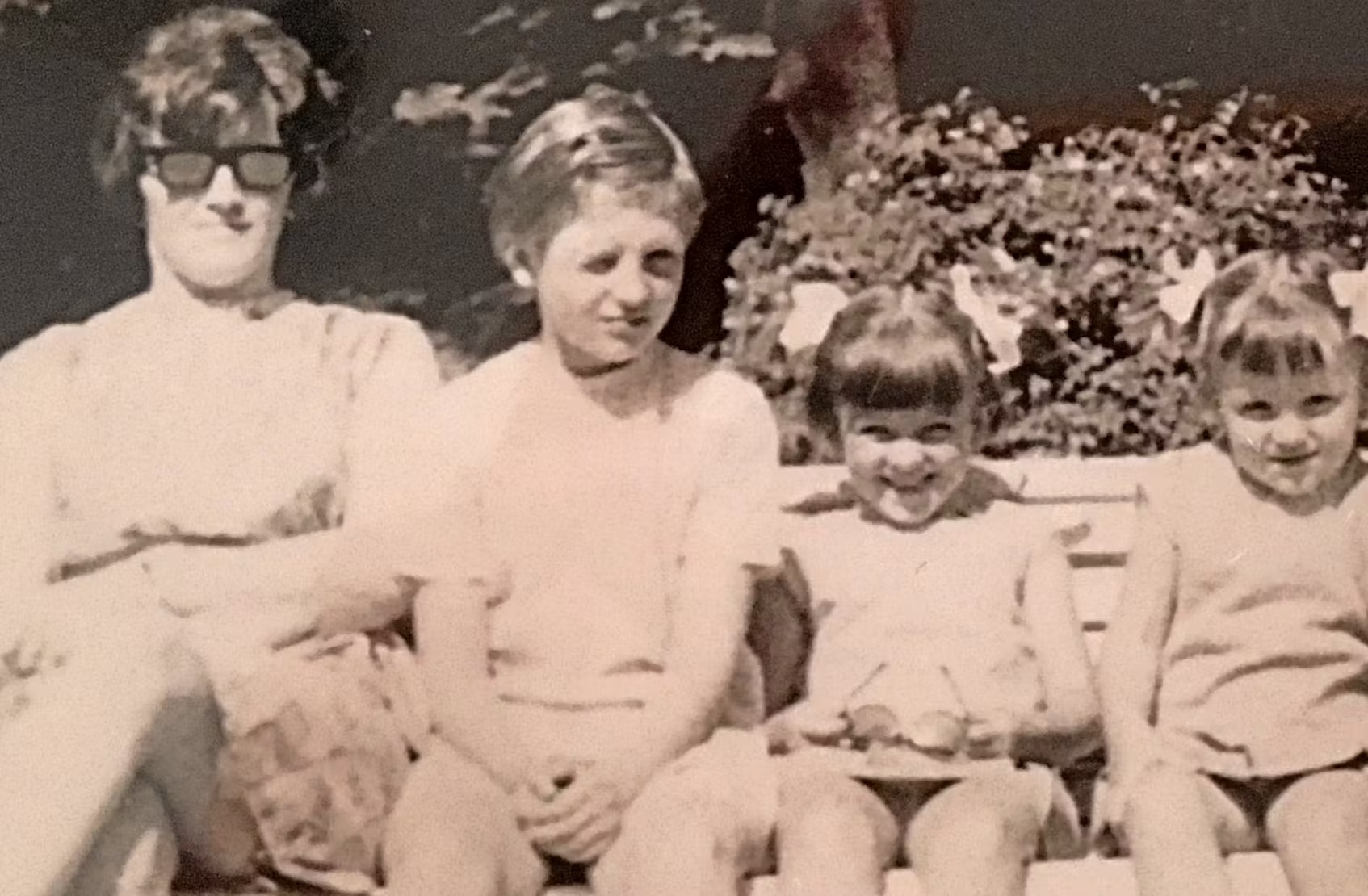Alena Gagnon, who fled Czechoslovakia as a refugee after the Prague Spring was crushed by Soviet forces, is urging newcomers from conflict zones to seek counselling, saying the service will help them to better adjust to life in Canada.
Gagnon, one of close to 12,000 refugees from the former Czechoslovakia to settle in Canada after Warsaw Pact troops invaded her country on Aug. 20, 1968, says such intervention can make an important difference for those who have experienced trauma.
“I found talking to people who didn’t live through it helped, even when I was young,” Gagnon told New Canadian Media. “People who have lived through it don’t necessarily want to talk to other people who have gone through it. It’s harder for them to talk to each other than it is with someone who is impartial and doesn’t have a history with that.”
According to Immigration, Refugees and Citizenship Canada, newcomers, including refugees, have access to a wide range of funded settlement supports and services provided by service provider organizations.
“Support services, including short-term counselling, are offered across IRCC’s Settlement Program,” spokesperson Erin Kerbel said in an email. “Federally-funded settlement services are often complemented by supports and programs offered by provincial and territorial governments.”
‘The invasion’

Gagnon, then known as Alena Safarik, was just six years old when approximately 200,000 Soviet-led troops, including 5,000 tanks, entered her country. The action effectively smothered what was known as the Prague Spring, a brief period of economic and political liberalization that began in January 1968 under Alexander Dubček, the then-head of the Czechoslovakian Communist Party.
According to historians, as many as 137 Czechs and Slovaks died because of the incursion.
Prior to the invasion, Gagnon said the atmosphere in her hometown of Cheb, situated near what was then the East German border, was “quite good,” although shortages in certain areas haunted citizens.
Gagnon’s father, Tomislav Safarik, worked as a supervisor at an electrical plant.
Gagnon said because of Cheb’s distance from Prague and proximity to the German Democratic Republic, freedoms enjoyed in the capital in early 1968 weren’t always present in her hometown and that situation took on a permanence once the Soviets arrived.
In the days leading up to the invasion, the Soviets moved troops close to the Czechoslovakian border under the pretext it was preparing for Warsaw Pact military exercises.
Gagnon said the invasion was the first time in her life that she had really felt scared.
“I vividly remember waking up — it was the middle of the night — my parents had the radio on and they were huddled around it. The invasion had come.”
Citizens fought back, Gagnon said, by removing street and directional signs — anything that would aid the enemy in their quest.
“I thought that it was quite ingenious that they had done that.”
Although Gagnon didn’t see tanks, she knew they had rolled through the town.
“I remember seeing soldiers. I saw them walking. I don’t recall them doing anything else. I remember them as a presence being there.”
Dr. David Charters, former director of the Centre for Conflict Studies at the University of New Brunswick, said the invasion represented a “disturbing day” for the world.
“It was certainly very dramatic and caused a lot of anxiety,” Charters said. “There was a recognition, (however), that there wasn’t much Western countries could do about it because Czechoslovakia was still in the Soviet Bloc, part of the Warsaw Pact.”
After the immediate shock ended, it became apparent there would be no East-West blowup, Charters said. While the Soviet actions didn’t inspire a lot of confidence, conditions didn’t get worse, he said.
By the time the early 70s arrived, Russia and the U.S. had moved into a kind of “live and let live” relationship, Charters said.
“The era of detente that followed in the early 70s would suggest that [the invasion] didn’t have a big impact over the long term, apart from on the Czechs themselves.”
Time to go
Gagnon said the invasion was the last straw for her father and he decided it was time to exit the country.
The idea was to convince communist officials they were leaving on vacation to West Germany and would return once their holiday ended. They were not allowed to leave permanently.
Everything was a closely guarded secret, Gagnon said.
“You weren’t sure who you could trust. You didn’t know which cousin, which aunt was going to rat on you to better their positions with the communists. My parents were very close-mouthed about what was happening.”
But that wasn’t the case for them, she said.
The first refugee camp the family attended in West Germany allowed them to stay together but that changed when they were moved to another location. Mothers and children were kept in one area and the fathers in another.
An opportunity developed for the Safriks and four other families to get visas to come to Canada and they all landed in Winnipeg on Jan. 29, 1969. The province was identified as one of the places where their father’s trade could be used.
Gagnon, who became a Canadian citizen on June 29, 1976, said her family eventually moved to Kitchner, Ont., where they remained until 2020. They then relocated to McAdam, a community about 80 kilometres southwest of Fredericton.
Gagnon said the best advice she can offer newcomers aside from taking advantage of counselling, if needed, is to give themselves time to become accustomed to Canada’s different cultures and not limit themselves to only those who represent their old culture.
“That was kind of a big failing for my mother. She worked in a factory with Yugoslavians, Poles and Czechs and never really learned English until much later. That was really hard. Getting immersed in anything that is Canadian is important.”
Article and photo produced in partnership with New Canadian Media and Saltwire.

Michael Staples
Michael Staples is a retired daily newspaper reporter from New Brunswick with more than 30 years experience. He has travelled extensively with Canada’s military and has reported from Croatia, Bosnia-Herzegovina, Kosovo and Macedonia during the Balkans War and from Haiti in 2004 following a three-week bloody rebellion that saw then-president Jean-Bertrand Aristide flee the country. He has also written extensively about Canada's involvement in the Afghanistan War. Michael has considerable experience covering crime, justice and immigration issues. In 1999 he was the lead journalist reporting on the airlift of hundreds of refugees from Kosovo to Canadian Forces Base Gagetown. He has been nominated twice for Atlantic Journalism Awards.

